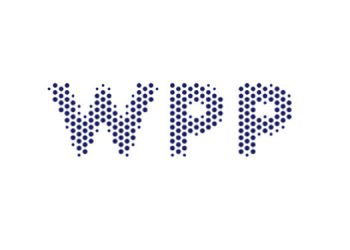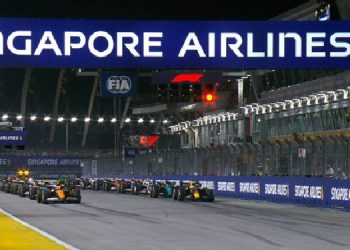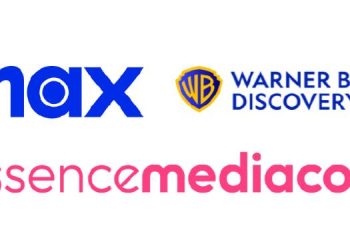With four times as many pixels as 4K UHD, the 8K demonstration will be transmitted via an Astra satellite and showcased at the SES Industry Days conference
Luxembourg: Always at the forefront of television developments, SES will be broadcasting an 8K television signal via its satellite system for the first time during the annual SES Industry Days, held in Luxembourg on 23 and 24 May.
Relying on the new DVB-S2X standard that enables greater efficiency, the transmission will be carried out on a single 36 MHz transponder on ASTRA 3B. With a resolution of 7680×4320 pixels, the video will be encoded in HEVC and transmitted at a rate of 80 Mbit/s, which is four times higher than for a 4K signal. In addition, the test transmission will use a native IP formatted signal, providing some insights into the requirements of a future All-IP broadcast infrastructure for television.
For this demonstration, SES has partnered with Spin Digital, which developed the expertise to decode and playback 8K HEVC signals in real-time using a software solution, and also encoded the content using its HEVC encoder. In addition, SES teamed up with Sharp / UMC, which is providing the 8K screens.
The 8K content, with a frame rate of 60 frames per second and 10-bit colour depth, features native 8K camera footage provided by PSNC (Poznan Supercomputing and Networking Center) and an 8K animation (CGI) provided by Unigine Corp.
“Even though 8K remains challenging with the video codecs available today, and is several years away from introduction to consumer homes, this demonstration shows that satellites are now capable of carrying 8K signals. As we always strive to take the video experience to the next level, we are very proud to provide this exciting glimpse at the future of television,” said Thomas Wrede, VP, New Technology & Standards at SES Video. “At the same time, we continue to be very much focused on supporting our customers and partners in bringing current technologies, such as 4K UHD and HDR, to consumer homes.”

















